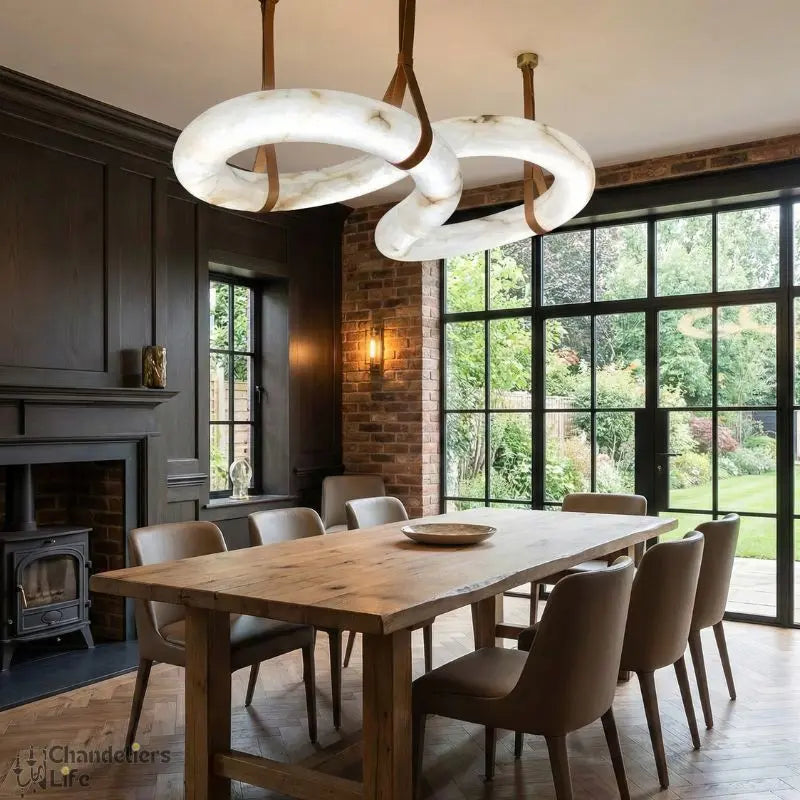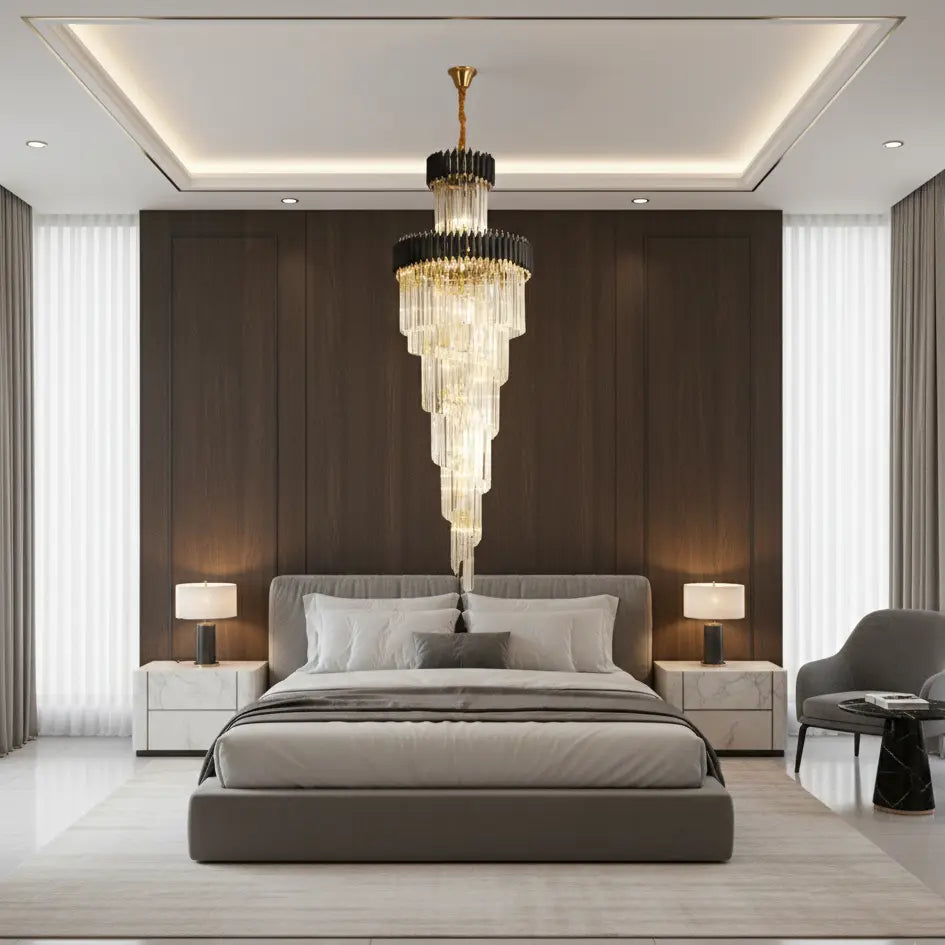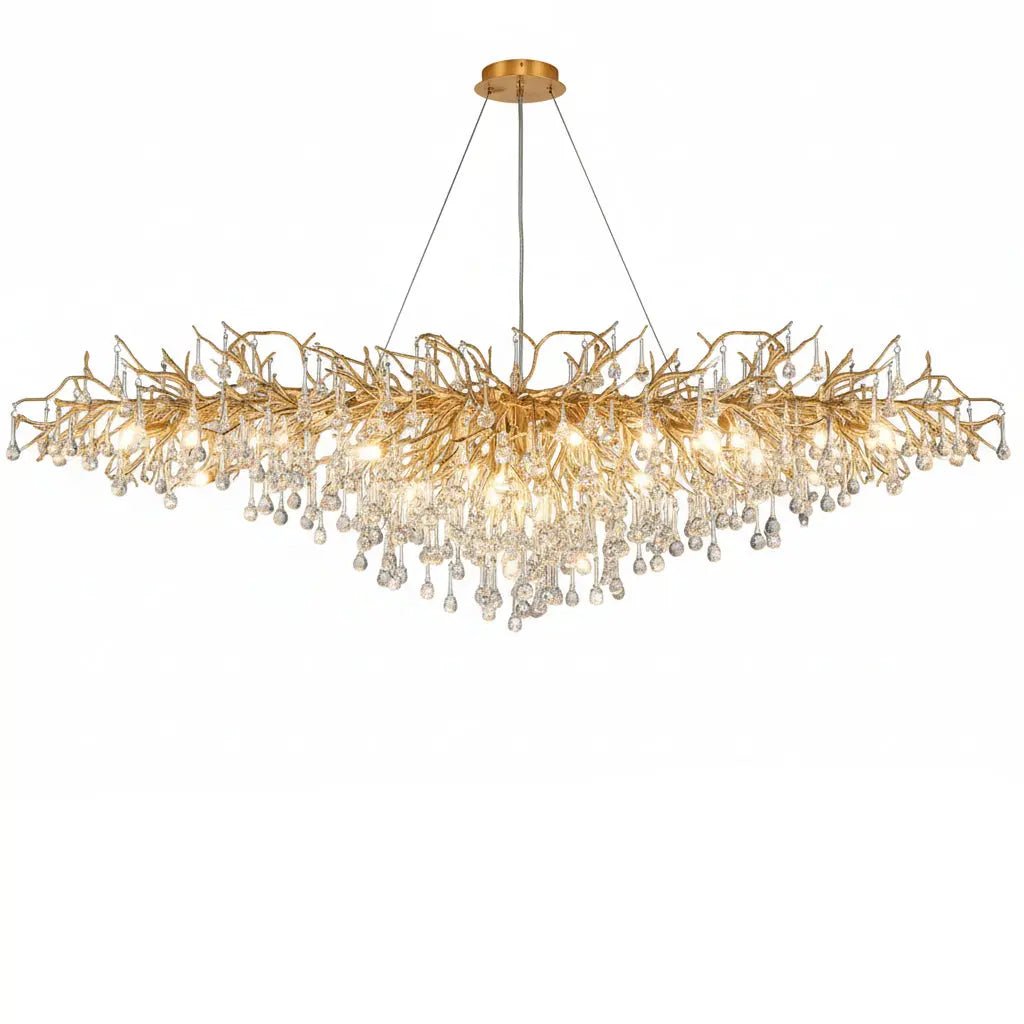Transforming your living room into a peaceful, minimalist haven doesn't mean sacrificing comfort or style. By carefully selecting furniture, incorporating natural elements, and maintaining an organized space, you can create a serene environment that reflects simplicity and elegance. Let's explore some practical tips and tricks to achieve a minimalist living room that exudes tranquility and warmth.
Key Takeaways
- Choose furniture that is both functional and stylish, focusing on clean lines and simple designs.
- Incorporate natural materials like wood and stone to add warmth and a touch of nature to your space.
- Stick to a neutral color palette but don't be afraid to add a pop of color with accents.
- Keep your living room clutter-free by using hidden storage solutions and regularly decluttering.
- Use lighting strategically to enhance the minimalist aesthetic and create a cozy ambiance.
Choosing the Right Furniture for a Minimalist Living Room
Creating a minimalist living room involves selecting furniture that embodies simplicity, functionality, and elegance. Here are some tips to help you choose the right pieces for your space.
Opt for Multi-Functional Pieces
In a minimalist living room, every piece of furniture should serve more than one purpose. Multi-functional furniture helps you save space and reduce clutter. Consider options like a sofa bed, a coffee table with storage, or an ottoman that doubles as a seat and a storage unit.
Prioritize Clean Lines and Simple Designs
Minimalist furniture is all about clean lines and simple designs. Look for pieces that have sleek, smooth surfaces and avoid anything too ornate or detailed. This helps maintain a refined, uncluttered look. For example, a sofa with straight edges and a simple coffee table can make a big difference.
Invest in Quality Over Quantity
When it comes to minimalist living, less is more. Instead of filling your room with many pieces, invest in a few high-quality items. A well-made sofa or a sturdy coffee table can be the focal point of your living room. Quality pieces not only look better but also last longer, making them a smart investment.
Remember, the goal is to create a space that is both functional and aesthetically pleasing. By choosing the right furniture, you can achieve a minimalist living room that is serene and inviting.
Incorporating Natural Elements
Use of Wood and Stone
Integrating natural materials like wood and stone can bring warmth and texture to a minimalist living room. Wooden furniture and stone accents create a harmonious balance with the clean lines and simple designs typical of minimalism. Consider using a wooden coffee table or stone countertops to add a touch of nature to your space.
Adding Greenery for a Fresh Touch
Plants are a fantastic way to introduce life and color into a minimalist living room. Tall floor plants can serve as natural focal points, while small potted plants on shelves or windowsills add subtle pops of green. This not only enhances the aesthetic but also improves air quality and brings a sense of calm.
Natural Light as a Design Element
Maximizing natural light is crucial in minimalist design. Large windows that allow sunlight to flood in can make a room feel more open and airy. Natural light creates shadows and contrasts that add depth to the space, making it more dynamic and inviting. Consider using sheer curtains to let in as much light as possible while maintaining privacy.
Color Palette and Textures
Sticking to Neutral Tones
Neutral colors are the backbone of minimalist design. They create a calm and open feel in your living room. Whites, beiges, and grays are popular choices. These colors make the room look bigger and brighter. They also serve as a perfect backdrop for other elements in the room.
Introducing Accent Colors
While neutral tones are key, adding a pop of color can bring life to your space. Choose one or two accent colors to keep it simple. This could be a colorful pillow, a vibrant rug, or a piece of art. The goal is to add personality without overwhelming the room.
Layering Different Textures
Textures add depth and interest to a minimalist living room. Mix and match materials like wood, stone, and soft fabrics. This creates a cozy and inviting atmosphere. For example, a wooden coffee table paired with a soft, woolen rug can make the room feel warm and welcoming.
A minimalist color palette can profoundly influence how we perceive and interact with our immediate environment. Your living room, your sanctuary, awaits the charm of minimalism. So, why wait? Start exploring the minimalist color palette today!
Decluttering and Organizing Tips
Adopt a 'Less is More' Philosophy
Embrace simplicity by keeping only items that serve a purpose or bring joy. Start by evaluating each item in your living room. Ask yourself if it adds value to your life. If not, it's time to let it go. This approach not only clears physical space but also provides mental clarity.
Hidden Storage Solutions
Smart storage solutions are essential for maintaining a clutter-free environment. Consider furniture with built-in storage, like ottomans with hidden compartments or coffee tables with shelves. These pieces help keep everyday items out of sight, ensuring your living room remains tidy and organized.
Regular Maintenance and Upkeep
Decluttering is not a one-time task. Make it a habit to regularly assess and organize your space. Set aside time each week to tidy up and put things back in their designated spots. This ongoing effort will help you maintain a serene and minimalist living room.
A clutter-free space promotes peace and concentration, making your living room a true sanctuary.
Creating Focal Points
Creating focal points in a minimalist living room is essential to guide the eye and add interest without overwhelming the space. Here are some tips to help you achieve this balance.
Using Statement Pieces
A statement piece can be anything from a unique piece of furniture to an eye-catching piece of art. Choose one standout item that draws attention and sets the tone for the room. This could be a sleek LCD television, a large black and white photograph, or a bold piece of modern art.
Strategic Placement of Art and Decor
When placing art and decor, think about how they interact with the rest of the room. Avoid cluttering the walls; instead, allow for "visual breathing room." This means spacing out items so each piece can be appreciated on its own. A small gallery wall with similar style frames can add personality without overwhelming the space.
Balancing Negative Space
Negative space, or empty space, is just as important as the items you choose to display. Embrace blank spaces to make the room feel more open and airy. This doesn't mean the room should feel empty, but rather that each item has its own space to shine. By balancing negative space with carefully chosen decor, you create a harmonious and inviting environment.
Lighting Strategies for a Minimalist Living Room
Lighting is a key element in creating a serene and minimalist living room. The right lighting can enhance the room's ambiance and highlight its simplicity. Here are some strategies to consider:
Maximizing Natural Light
Natural light is your best friend in a minimalist living room. To make the most of it:
- Opt for sheer curtains that allow sunlight to filter in while maintaining privacy.
- Keep windows clean and free from obstructions to let in as much light as possible.
- Use mirrors strategically to bounce light around the room and increase brightness.
- Arrange furniture so it doesn't block natural light sources like windows or doors.
Choosing Minimalist Light Fixtures
When selecting light fixtures, look for ones that complement your minimalist decor:
- Choose fixtures with clean lines and simple designs, such as geometric pendant lights or slim floor lamps.
- Ensure that light fixtures are functional yet unobtrusive, blending seamlessly with the room's design.
- Consider using statement pieces like a unique ceiling lamp to add visual interest without overwhelming the space.
Creating Ambiance with Lighting
Lighting can set the mood in your living room. Here are some tips:
- Use warm, soft lighting for a cozy and inviting atmosphere, especially in the evening.
- Layer different types of lighting, such as ambient, accent, and task lighting, to create depth and interest.
- Place multiple small light sources, like table lamps and candles, at low heights to create a soft glow across the room.
Lighting plays a crucial role in achieving a minimalist aesthetic. By carefully selecting and placing light sources, you can create a serene and welcoming living room that embodies the principles of minimalism.
Personal Touches in a Minimalist Space
Curated Gallery Walls
Creating a gallery wall is a great way to add personality to your minimalist living room. Mix and match different frame styles, sizes, and art pieces to create a statement wall that reflects your taste. This could include modern abstract prints, vintage drawings, or even family photos. A gallery wall not only adds depth but also serves as a focal point in the living room. The key is to balance the minimalist style while showcasing interesting and meaningful pieces.
Incorporating Personal Mementos
Personal mementos can make your minimalist space feel more inviting and unique. Items like travel souvenirs, family heirlooms, or handmade crafts can be displayed thoughtfully. The idea is to choose a few significant items that bring joy and memories, rather than cluttering the space with too many objects. This approach ensures that each item holds more significance and makes a stronger impact.
Balancing Minimalism with Personality
Balancing minimalism with personality involves carefully selecting items that reflect your style without overwhelming the space. Opt for pieces that are both functional and aesthetically pleasing. For example, a sleek vase with fresh flowers or a stylish yet comfortable throw blanket can add a personal touch without disrupting the minimalist aesthetic. Remember, the goal is to create a serene atmosphere that feels like a peaceful retreat.
Adding personal touches to a minimalist space can make it feel more like home. Whether it's a unique chandelier or a cozy lamp, the right lighting can transform your room. Check out our wide selection of lighting options to find the perfect piece for your space. Visit our website today and explore our collection!
Conclusion
In conclusion, creating a minimalist living room is about more than just reducing clutter; it's about crafting a serene and inviting space where every item has a purpose. By choosing simple, functional furniture, embracing natural light, and adding personal touches, you can transform your living room into a peaceful retreat. Remember, minimalism is not about having less, but about making room for more of what truly matters. So, take these tips to heart, and start your journey towards a more serene and balanced living space today.
Frequently Asked Questions
What defines a minimalist living room?
A minimalist living room focuses on simplicity and functionality. It uses clean lines, a neutral color palette, and minimal decor to create a serene and uncluttered space.
How can I make a small living room feel bigger with minimalist design?
Use multi-functional furniture, keep the color palette light and neutral, and maximize natural light. Declutter regularly and use hidden storage solutions to keep the space tidy.
What are some key pieces of furniture for a minimalist living room?
Choose furniture with clean lines and simple designs. Opt for multi-functional pieces like a sofa bed or a coffee table with storage. Prioritize quality over quantity.
How can I incorporate natural elements into my minimalist living room?
Use materials like wood and stone, add some greenery with plants, and let in as much natural light as possible. These elements create a warm and inviting atmosphere.
What colors work best in a minimalist living room?
Neutral tones like white, beige, and gray work best. You can also add a few accent colors for interest. Layering different textures can add depth to the space.
How do I maintain a minimalist living room?
Adopt a 'less is more' mindset, use hidden storage solutions, and regularly declutter. Make sure everything has a place and put things away after use to keep the space tidy.









































